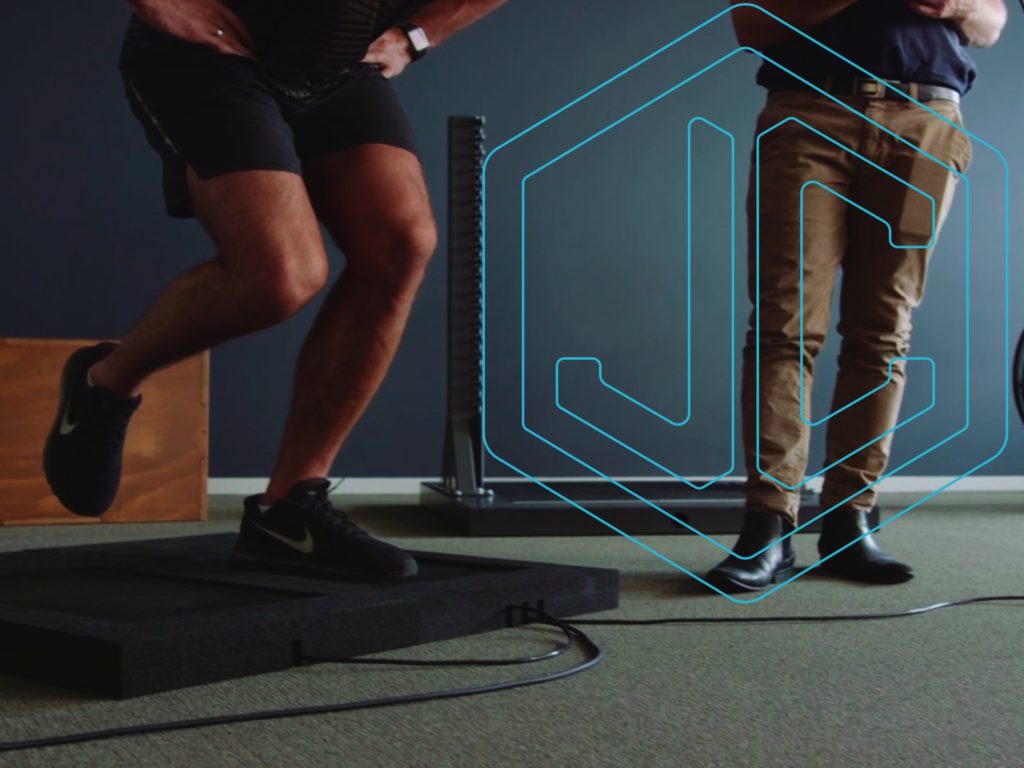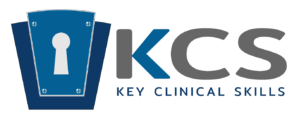**Note that this short course includes the same three modules as the supercourse, Professor John Cronin: Diagnosing and Addressing Asymmetry (Long Version), therefore students should only purchase one or the other.
Description: This short course aims to help you make sense of force plates, what they measure and how you can use them to inform and better your diagnostics and programming.
List of topics and what you will learn:
- Force plate technology – an explanation of the different types of force plates and their strengths and weaknesses; a list of factors you should consider prior to leasing or purchasing a force plate; the rationale for incorporating force plates into your practice; a brief treatise of how they can be used to assess balance, gait and jumping and what they measure.
- Countermovement jump –One of the most used jump assessments, so this resource looks at the different phases (n = 7) of the countermovement and the information it can provide in terms of assessment and programming. A case study is presented, and exercises are provided that link to the phase analysis of the CMJ.
- Countermovement jump advanced – the CMJ phase and signals are discussed in more detail. There are over 200 variables that can be quantified by a force plate so this resource looks at the variables that are the more important for guiding your analysis and programming. Some exercise suggestions related to assessing and training impulse are also discussed.
Course length: Approximately 3 hours
What you get when you enrol in this course:
- 3-mini video lectures
- Extra resources and readings
- CPD certificate
Cost: $30 USD
Access period: Lifetime
Registration through KCS provides you with a 10% discount to this high-quality program. The discount code is provided by completing the popup form and is sent to the provided email.


